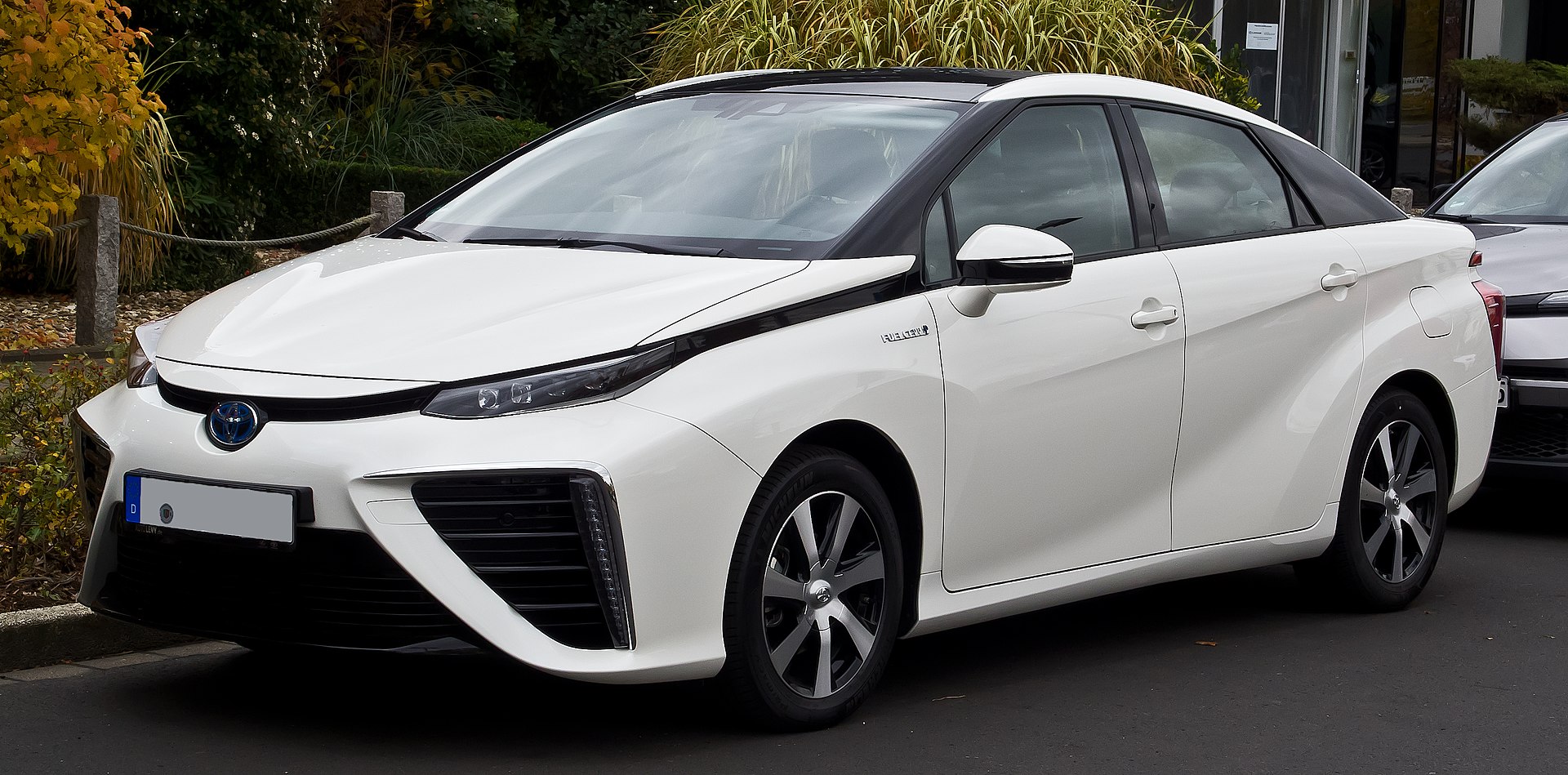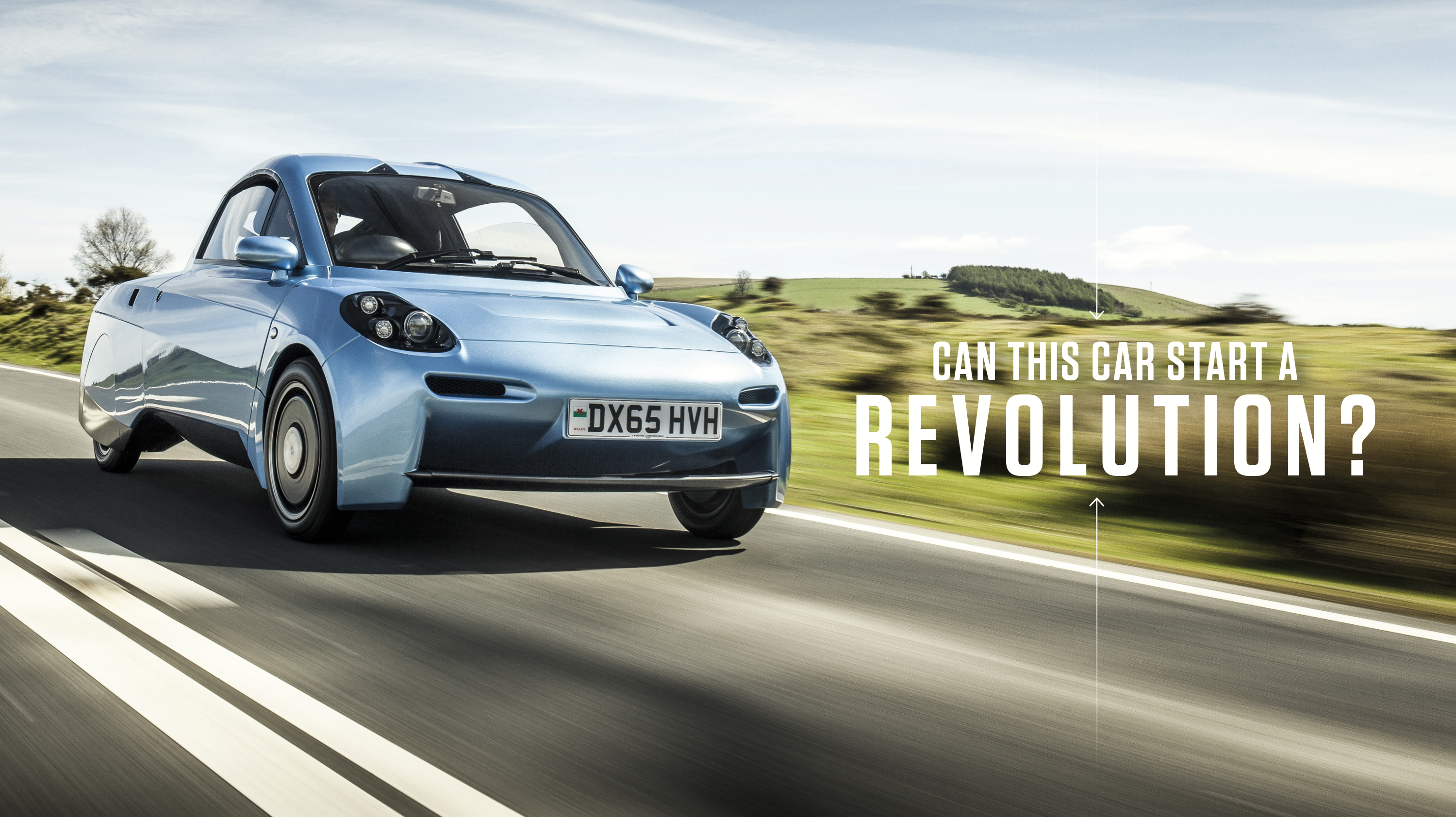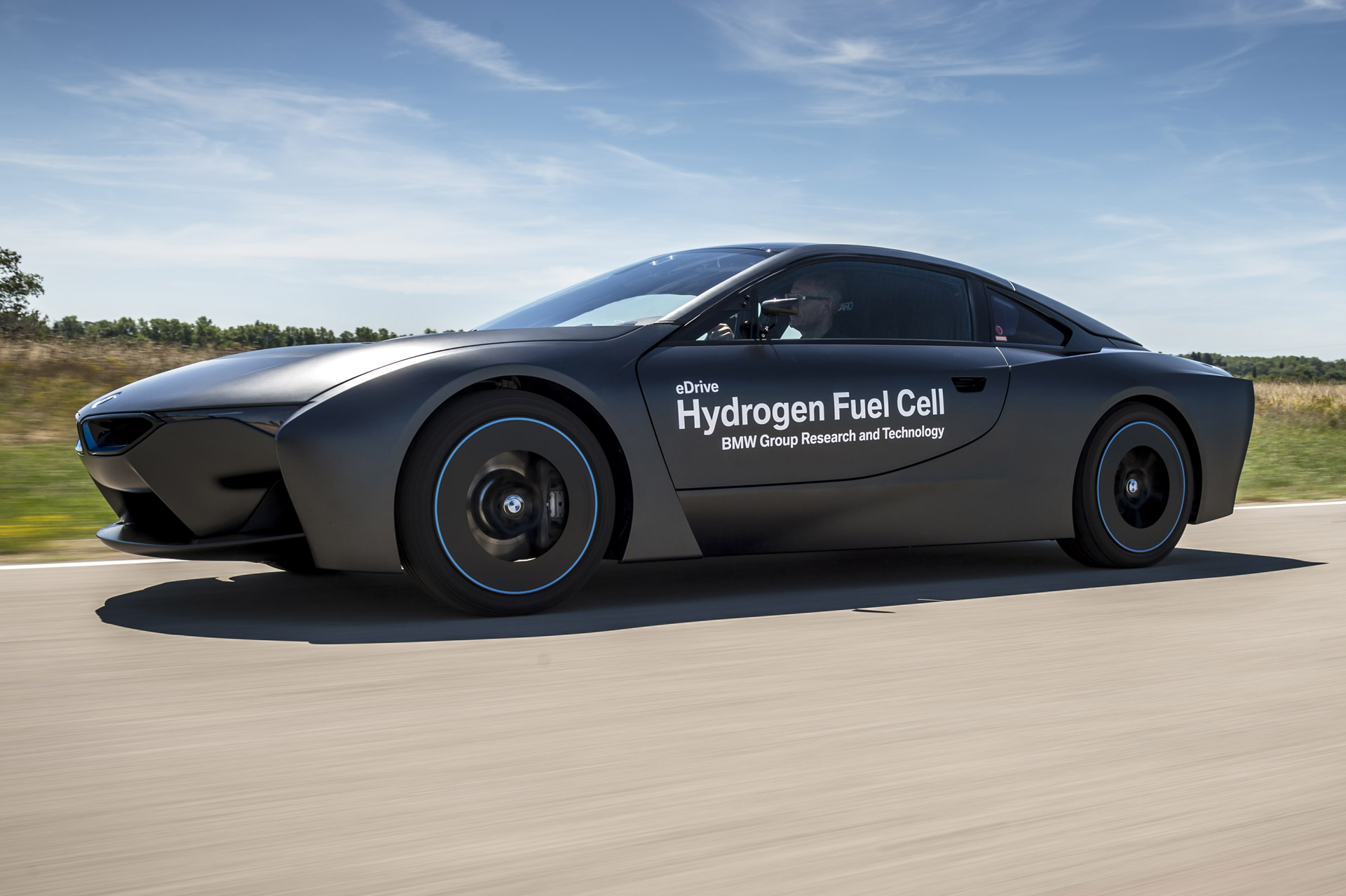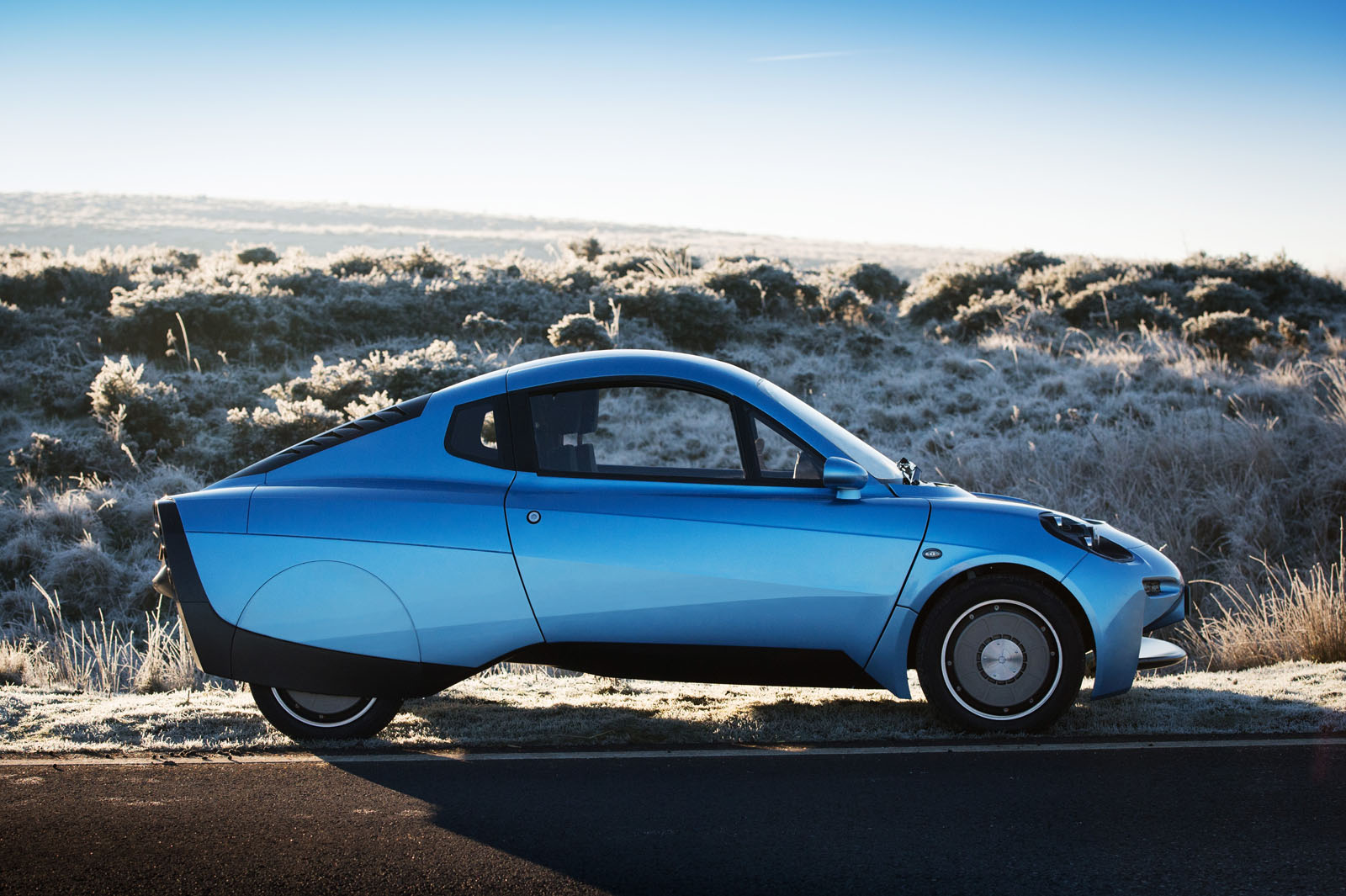

FCEVs are more efficient than conventional internal combustion engines vehicles and produce no tailpipe emissions, only emitting water vapor and warm air.

FCEV refueling times are only a few minutes, while an EV needs several hours fully recharge. There are two main reasons why FCEVs are superior to electric vehicles (EVs): 1) shorter refueling times and 2) longer ranges . Hydrogen-methane-mixtures for combustion engines.Hydrogen can be used in three different ways in relation to transportation: This will be dealt with in the sub-section: Standards and regulations. Hydrogen can, nevertheless, be used as safely as other common fuels when simple guidelines are followed. This means that if a hydrogen cloud comes into contact with an ignition source in an open space with no confinement, flames will propagate through a flammable hydrogen-air cloud at several meters per second, and even more rapidly if the cloud is above ambient temperature. At this pressure, 5 kg of hydrogen can be stored in a 125 liter tank .Īs can be seen in Figure 1, the density of hydrogen highly depends on the temperature and pressure.įigure 1: Hydrogen density at different temperatures and pressures. ĭue to its weight, hydrogen has a high diffusion rate, which results in rapid dispersion. Thus, at 700 bar, hydrogen has a density of 42 kg/m 3, compared to 0.089 kg/m 3 under normal pressure and temperature conditions. The easiest way to decrease the volume of a gas, at constant temperatures, is to increase its pressure. For safety, hydrogen tanks are equipped with pressure relief devices that prevent the pressure in the tanks from becoming too high . For comparison, hydrogen is compressed to 350-700 bar in storage tanks in FCEVs. As can be seen in Table 1, the critical pressure for gaseous hydrogen is 13 bar. In order to store sufficient quantities of hydrogen gas, it is compressed and stored at high pressures. Hydrogen has high energy content by weight ( density) but not by volume, which is a challenge for storage. This means that small sparks can easily ignite it. Hydrogen has the smallest ignition energy, much lower than that required for other common fuels. However, proper ventilation and the use of detection sensors can mitigate these hazards. In a closed environment, leaks of any size are a concern, as hydrogen is impossible for human senses to detect and can ignite in a wide range of concentrations in air. Any gas other than oxygen is an asphyxiator in sufficient concentrations.

In a confined space, leaking hydrogen can accumulate and reach flammable concentrations. It has a low viscosity, which is why it is prone to leakage.

Detection sensors are almost always installed in hydrogen systems to quickly identify any leak and minimize the potential for undetected flames.Īs mentioned above, hydrogen is the smallest known molecule. The optimal combustion condition is a 29% hydrogen-to-air volume ratio. Gaseous hydrogen has some outstanding specifications compared to other fuel types, as can be seen in table 1.Īs can be seen in Table 1, hydrogen has a very wide flammability range (lower and upper explosion limit) compared to other fuels, at between 4% and 75%.


 0 kommentar(er)
0 kommentar(er)
